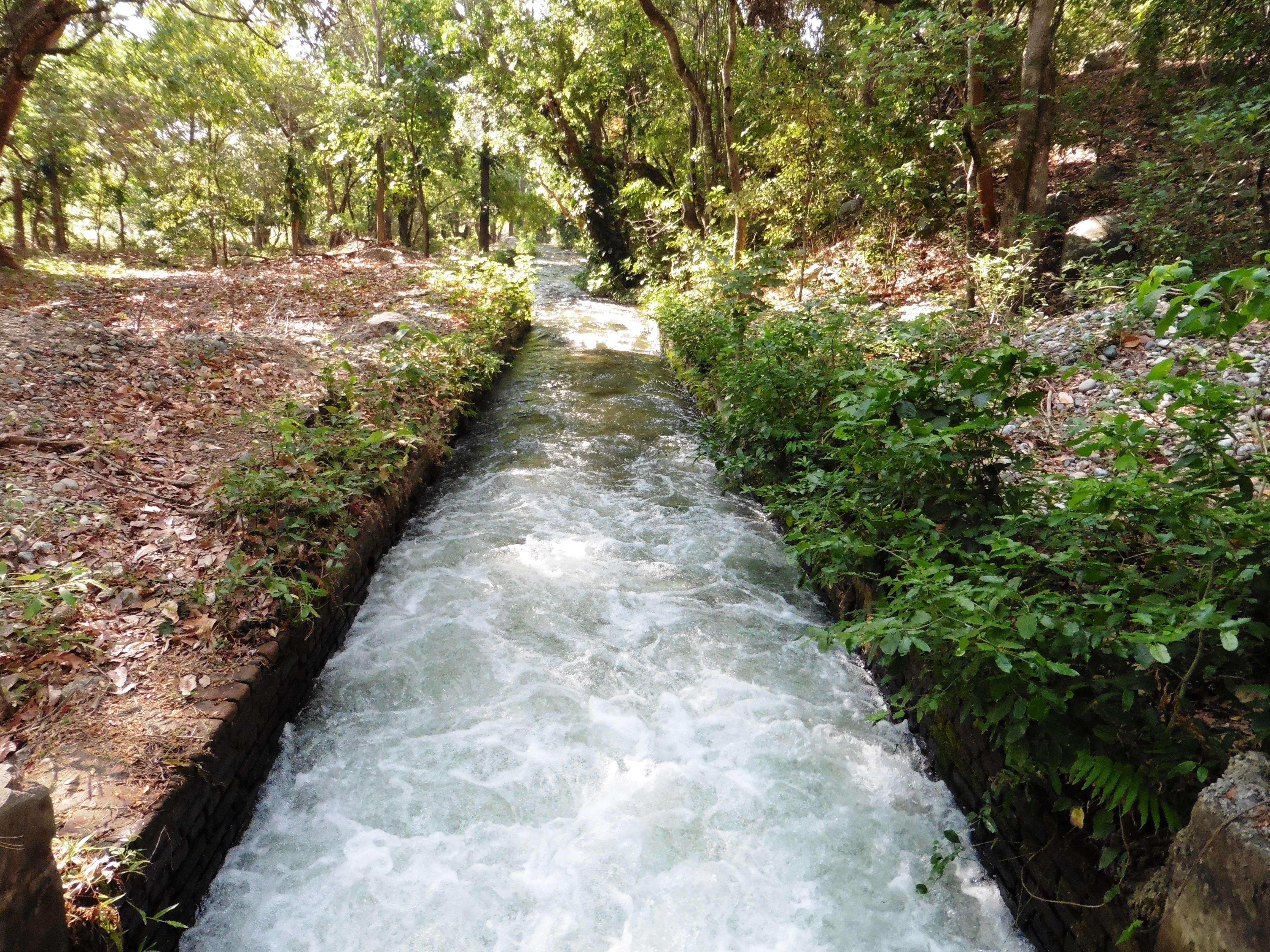
As the United States begins to ramp up recovery and economic activity in the wake of the COVID-19 crisis, many view this as an opportunity to integrate improved work-life balance and build better systems that have the added benefit of avoiding the negative impacts of climate change, natural disasters, and degraded ecosystems on human health and well-being. This idea is gaining traction with governments and multi-national institutions across the globe who are now recognizing that the crises of extreme weather and climate events, biodiversity loss, and land degradation are inter-related, and can be addressed simultaneously by integrating nature-based solutions with development and economic activity.
Nature-based solutions emerged as an important theme at the recent World Economic Development Forum in Geneva, Switzerland on May 27, 2021. At the backdrop of this event was the recognition that more than half of the world’s total GDP is dependent on nature to a moderate or high degree. Yet despite the importance of nature in upholding many economic activities, most benefits we derive from nature have no financial market value. Many argue that assigning a market value to nature-based services is essential to increasing financial investments for their protection and conservation.
The United Nations Environment Programme (UNEP) released a report at the May event entitled “State of Finance for Nature: Tripling Investments in Nature-based Solutions by 2030.” The report calls for global consensus on a system for identifying, measuring, and reporting on quantifiable indicators and finance options for nature-based solutions. It is only when we can assign a financial market value to services provided by nature that we can effectively plan, budget, and create sustainable development approaches that both protect nature and human health and welfare over the long term.
While we often think of infrastructure as pertaining to strictly man-made structures, the natural environment offers functions that perform similarly to many types of man-made structures, such as those that provide clean drinking water, contain floodwaters, or shelter people from the elements. An undisturbed, upstream wetland can filter pollutants from a downstream city’s water supply; a natural floodplain left untouched by urban sprawl can safely absorb floodwaters and minimize the impact of flash floods; and intact mangrove forests can protect a beach from storm surges as effectively or even better than a cement retaining wall. Features such as these are termed green infrastructure or nature-based solutions.
When infrastructure managers preserve or incorporate these features into newly engineered structures that conserve biodiversity and natural landscapes, the water, food, and aesthetic services that ecosystems provide to society are safely maintained. For instance, incorporating greenspaces in urban areas offers not only aesthetic beauty, but also funnels and absorbs stormwater runoff that would otherwise damage infrastructure and threaten homes and human activity. Forested hillsides that are left intact amidst the houses and office buildings of a densely populated neighborhood can help prevent erosion, damage to buildings, and loss of life due to dangerous mudslides, as well as provide important habitat for plants and wildlife.
These examples illustrate how incorporating nature into engineered structures and spaces not only reduces the capital cost of infrastructure but can also increase their functional life by reducing exposure to natural hazards and extreme weather. Working with nature can also reduce maintenance or energy requirements and offer other health and social co-benefits (think of the relaxation and enjoyment from meeting friends in a park outside your office for lunch, and the cooling benefits of shady trees).

The topic of nature-based solutions coincides with a renewed focus on climate change impacts in general, and an increased focus on climate adaptation on both new and upgraded infrastructure. Traditionally, climate mitigation efforts—strategies focused on reducing emissions and stopping the problems before they start—have received the most financing. In contrast, climate adaptation—focusing on adapting to and reducing the negative impacts of climate change that already exist—has received less attention. But this is changing.
Climate change impacts are forcing people to reevaluate infrastructure approaches in the face of increasing floods, erosion, storm surge, and sea level rise. Climate proofing infrastructure to make it more climate resilient is a global challenge with enormous cost implications. Nature-based solutions offer cost-effective and sustainable approaches for climate resilient infrastructure.

DT Global supported the development of the USAID Green Infrastructure Resource Guide. This guide describes how nature-based solutions can be applied across a multitude of infrastructure sectors to provide environmentally sustainable and climate resilient value to groundwater recharge, pollution abatement, erosion control, drought resilience, and more.
This guide was disseminated with watershed planning and policy makers in Peru and Colombia under the USAID-funded PARA-Agua project, implemented by DT Global. The project was an innovative regional initiative that worked with scientists, decision makers, and communities to strengthen watershed resilience to the impacts of climate change, including threats posed by the El Niño phenomenon. As part of the effort, the project prioritized climate adaptation options using down-scaled climate and weather data, leading to the identification of activities—including nature-based solutions—at the watershed level to address water-related climate risks. The guide was a timely and a helpful resource to leave behind with practitioners and decision makers on the ground to enable broader application of green infrastructure across various sectors.
The year 2021 marks the first year of the United Nations Decade on Ecosystem Restoration (2021-2030), which focuses on the need to restore an estimated 2 billion hectares of degraded landscapes. Nature-based solutions make it possible to reach this goal. As we contemplate the best approaches to restore economic productivity and return to work during the post-COVID recovery, we must consider ways to also protect the environment and make climate-resilient communities. DT Global promotes raising awareness, enabling local governance, and incentivizing investment in nature-based solutions as essential elements of sustainable development. We believe that by working together, local actors, public institutions, and the private sector can invest in nature for healthy people, biodiverse forests and coasts, and climate-resilient infrastructure over the long term.